Future 6G wireless networks will rely on quantum computers, but developing the technology and making it sustainable is complex.
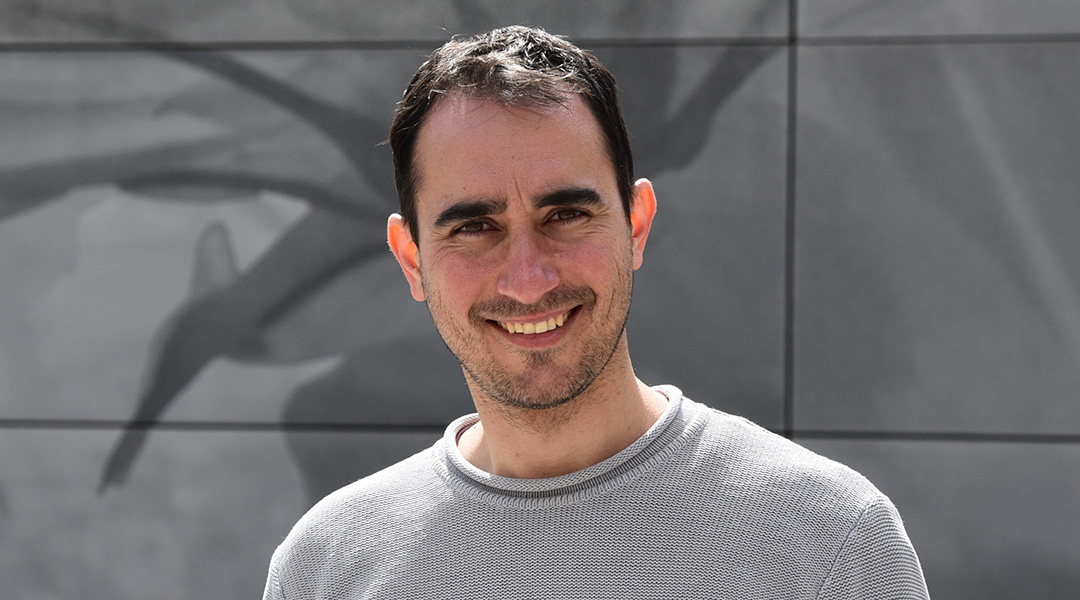

Future 6G wireless networks will rely on quantum computers, but developing the technology and making it sustainable is complex.

1 in 10 women suffer from polycystic ovarian syndrome, yet its fundamental workings remain largely unknown.

Lab-made model of human blood vessels provides accurate insights into effects of snake venom and could help develop new antivenoms.
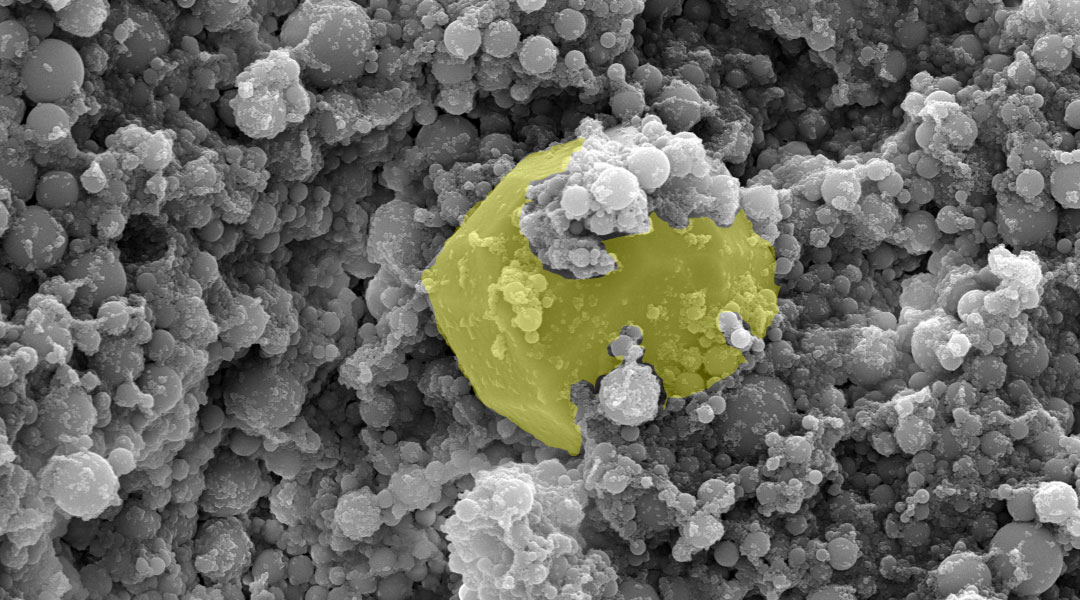
A new approach to radiative cooling blends practicality with aesthetics, advancing this crucial technology for a warming world.
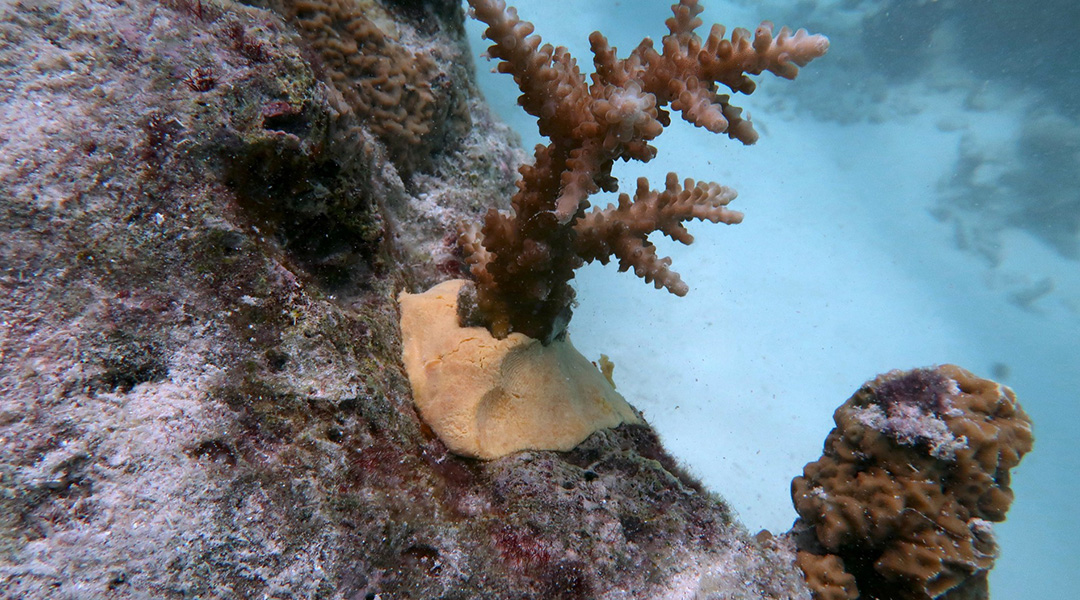
This ocean-safe putty was designed to help seed new coral reefs, offering a much-needed replacement for hardware store products.
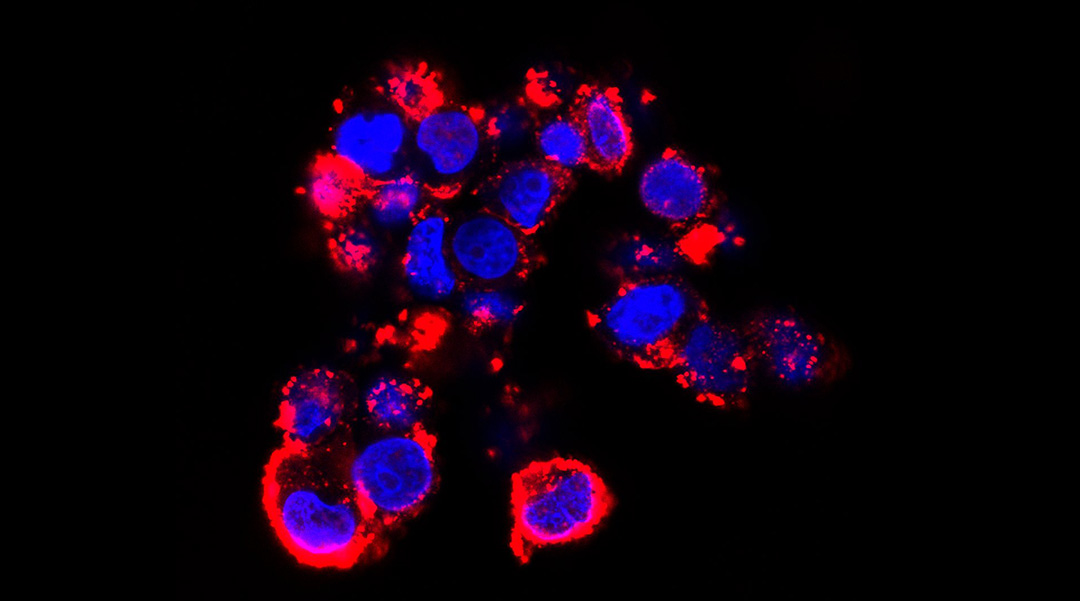
Nanoparticles deliver anti-cancer drugs in hard-to-reach brain tumors prevalent in children, boosting both diagnosis and treatment.
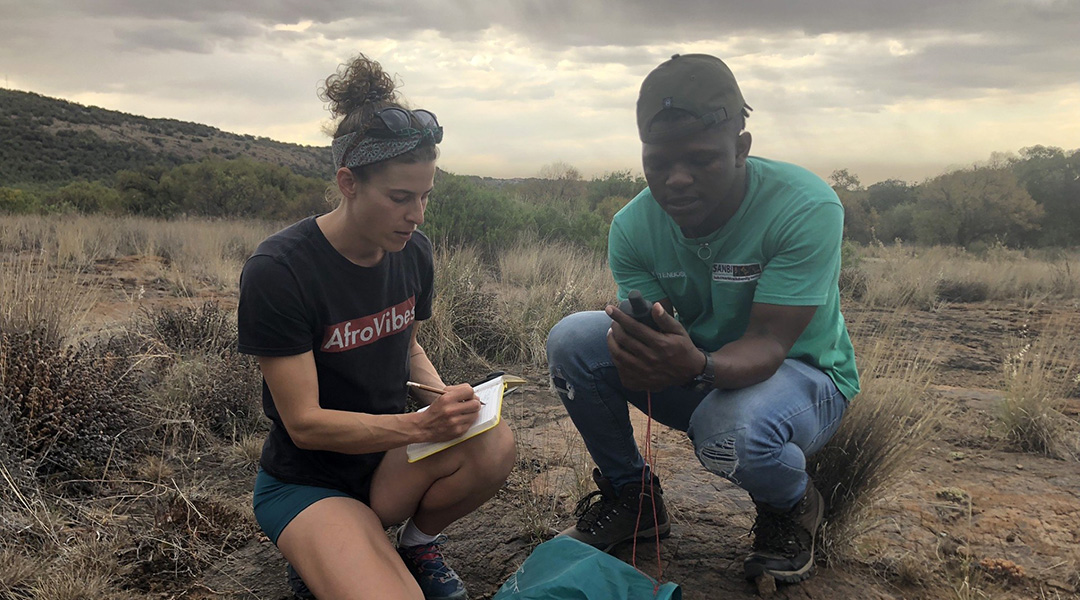
Rose Marks uses her climbing skills in remote regions of South Africa to study how water-deprived plants might help develop drought-tolerant crops.
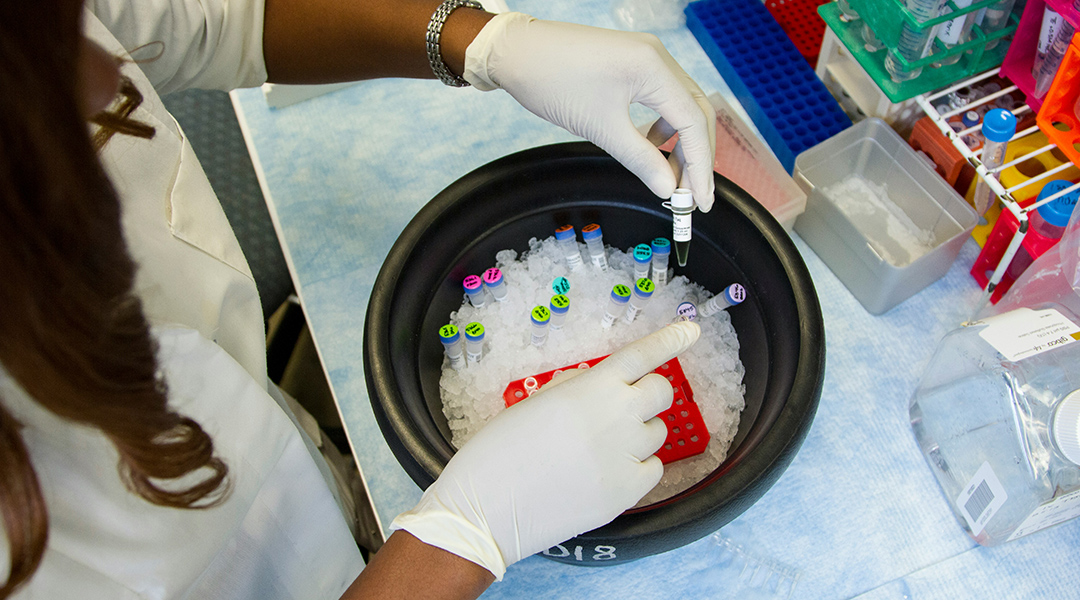
Typical diagnosis is through X-rays, but this new test has the potential to spot osteoarthritis before joint damage appears.

Pre-activation of plastics with fluorine-containing molecules disrupts their stability, making them easier to break down and upcycle.

A sensational paper argues that AI could be responsible for the scarcity of advanced technological civilizations in the Universe.